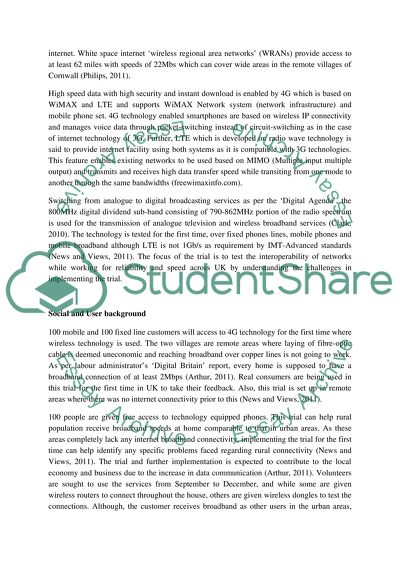Cite this document
(“The Cornish Villages 4G Trial report Coursework”, n.d.)
The Cornish Villages 4G Trial report Coursework. Retrieved from https://studentshare.org/information-technology/1434915-the-cornish
The Cornish Villages 4G Trial report Coursework. Retrieved from https://studentshare.org/information-technology/1434915-the-cornish
(The Cornish Villages 4G Trial Report Coursework)
The Cornish Villages 4G Trial Report Coursework. https://studentshare.org/information-technology/1434915-the-cornish.
The Cornish Villages 4G Trial Report Coursework. https://studentshare.org/information-technology/1434915-the-cornish.
“The Cornish Villages 4G Trial Report Coursework”, n.d. https://studentshare.org/information-technology/1434915-the-cornish.


